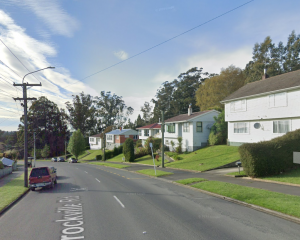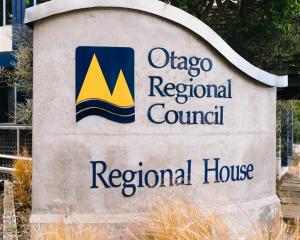
The Otago Daily Times reported last week the council had $2.6million set aside for remediation of a tar well below ground at 45 Hillside Rd, a remnant from the former Dunedin Gasworks nearby.
A feasibility study on remediation options for the site has been provided, but the council will only say about the money that it has been budgeted to cover the cost of remediation, ‘‘once a preferred option is selected’’.
The feasibility study, by Tonkin and Taylor, was completed last year.
It lists 18 potential next steps for the council to take, but broadly suggests treatment, disposal and then sealing the site as a car park as its most likely future.
‘‘Based on the statutory approvals required, and the anticipated nature of the environmental effects in question, we consider it probable that the consent authorities will consider a number of parties to be potentially adversely affected,’’ the study says.
‘‘At minimum this will include the owners and occupiers of all adjoining landholdings, but may also extend to properties located within a certain radial distance of the site.
‘‘It is also likely Te Runanga o Otakou (via Aukaha) will be considered affected.’’
Written approvals might be required to avoid a notification process, it says.
A range of resource consents were likely to be required from both the city council and the Otago Regional Council for the proposed remediation works and would be assessed as a discretionary activity.
If contaminated water was to be discharged to the city’s sewerage network, a trade waste permit would be required.
An archaeological authority would be required from Heritage New Zealand to modify or destroy the tar well.
A building consent from the city council would probably be required to remove the tar well.
Comprehensive environmental assessments would be required to support the applications, particularly with respect to effects on water quality, air quality, and surrounding properties.
A comprehensive consultation and engagement strategy should also be implemented to ensure the approvals process runs as smoothly as possible, the study recommends.
The city council now owns only two properties on the site of the former city-owned gasworks, which operated from 1863 to 1987. They are at 20 Braemar St, where the Dunedin Gasworks Museum honours the gasworks’ legacy, and 45 Hillside Rd, which includes the underground tar well.
A report from 2012 said maintaining the status quo could work for the site, but would prevent the land from being used for anything productive.
But the feasibility study presents a different picture.
The 6m-deep underground tar well was formed when the original gasholder was removed about 1888, the 2020 report says.
It is estimated to contain about 1 million litres of tar and related byproducts, placed there as waste during the operation of the gasworks.
The tar materials are a complex mixture of chemicals formed as a residue from the coal-carbonisation process.
The tar comprises polycyclic aromatic hydrocarbons (PAH), volatile compounds such as benzene, toluene, ethylbenzene and xylenes, and phenolic compounds.
Some of the chemicals are known to affect human health and the environment, the report says.
The council recognises the potential health and safety and environmental risks of the tar well and has committed to addressing this legacy issue, it says.











